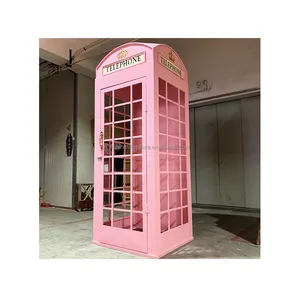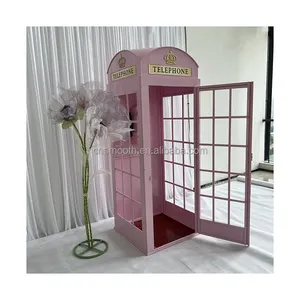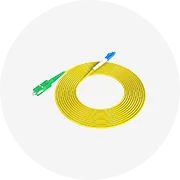Phổ biến trong ngành của bạn

Top Bộ Chuyển Đổi 5V 12V 19V 24V 36V 48V 60V 72V 80V 84V 90V 100V 120V Bộ Chuyển Đổi DC Bước Xuống Bậc Thang
1,99 US$ - 9,99 US$
Đơn hàng tối thiểu: 1 Cái


Mô Đun 4-20mA 0-5V 0-10V Sang Đầu Ra Rs485 Bộ Chuyển Đổi Tương Tự Sang 485
Sẵn sàng vận chuyển
10,70 US$
Đơn hàng tối thiểu: 1 Cái
Vận chuyển mỗi chiếc: 12,59 US$


DC-DC 3-40V 3A Bộ Chuyển Đổi Điện Áp DC Điều Chỉnh Mô-đun Cung Cấp Điện Bước Xuống LM2596 LM2596S Bộ Điều Chỉnh Điện Áp 24V 12V 5V 3V
0,30 US$ - 0,48 US$
Đơn hàng tối thiểu: 1 Cái


Dc 30-60V đến 12V DC bước xuống chuyển đổi 36V 48V đến 12V Buck Mô-đun DC biến áp 1-100a cung cấp điện không thấm nước với CE
Sẵn sàng vận chuyển
2,05 US$ - 81,25 US$
Đơn hàng tối thiểu: 10 Cái
Vận chuyển mỗi chiếc: 4,98 US$


Bộ Chuyển Đổi Tần Số Thương Hiệu WEG Bộ Chuyển Đổi Hệ Thống CFW500
Sẵn sàng vận chuyển
175,00 US$
Đơn hàng tối thiểu: 1 Bộ
Vận chuyển mỗi chiếc: 0,00 US$

Tần số thấp điện biến tần chuyển đổi với biến áp 12V 24V 3KW 5KW DC/AC chia giai đoạn tắt lưới biến tần sạc 3000W 5000W
163,00 US$ - 179,00 US$
Đơn hàng tối thiểu: 1 Cái

Deye offgrid năng lượng mặt trời biến tần 12KW 8KW năng lượng mặt trời lưu trữ biến tần pin năng lượng mặt trời chia giai đoạn biến tần 8K Single Phase & chuyển đổi
1.095,00 US$ - 1.854,00 US$
Đơn hàng tối thiểu: 1 Cái

110V 210V 8KW năng lượng mặt trời biến tần chuyển đổi 5kwh 8kwh 10kwh lai năng lượng mặt trời biến tần tắt lưới lai trên lưới điện biến tần Pin
Sẵn sàng vận chuyển
520,00 US$ - 699,00 US$
Đơn hàng tối thiểu: 2 Cái
Vận chuyển mỗi chiếc: 455,95 US$

UAE kho sunex 4Kw 6KW năng lượng mặt trời MPPT lai năng lượng mặt trời biến tần chuyển đổi tinh khiết Sine Wave
258,00 US$
Đơn hàng tối thiểu: 2 Cái

Bộ Chuyển Đổi Cao Ba Pha Sofar Inverter 100KW 110KW 120KW On Grid Solar Inverter
2.907,00 US$ - 3.025,00 US$
Đơn hàng tối thiểu: 1 Cái

Nhà Sản Xuất Biến Tần Tần Số Mini Powtran Nhà Máy Lắp Đặt Din Rail Cung Cấp Trực Tiếp Biến Tần & Bộ Chuyển Đổi RS485 220V 380V
66,00 US$ - 69,00 US$
Đơn hàng tối thiểu: 5 Đơn vị
Các danh mục hàng đầu
Giới thiệu về bộ chuyển đổi dc dc rs485
Alibaba.com cung cấp các sản phẩm 7304 bộ chuyển đổi dc dc rs485. Có rất nhiều bộ chuyển đổi dc dc rs485 lựa chọn dành cho bạn, chẳng hạn như duy nhất, tinh khiết sine wave, và dc. Bạn cũng có thể chọn từ sdk, nfc bộ chuyển đổi dc dc rs485. Cũng như từ phần mềm reengineering, oem bộ chuyển đổi dc dc rs485.Và bất kể bộ chuyển đổi dc dc rs485 là thiết bị gia đình, năng lượng mặt trời hệ thống, hay động cơ.























